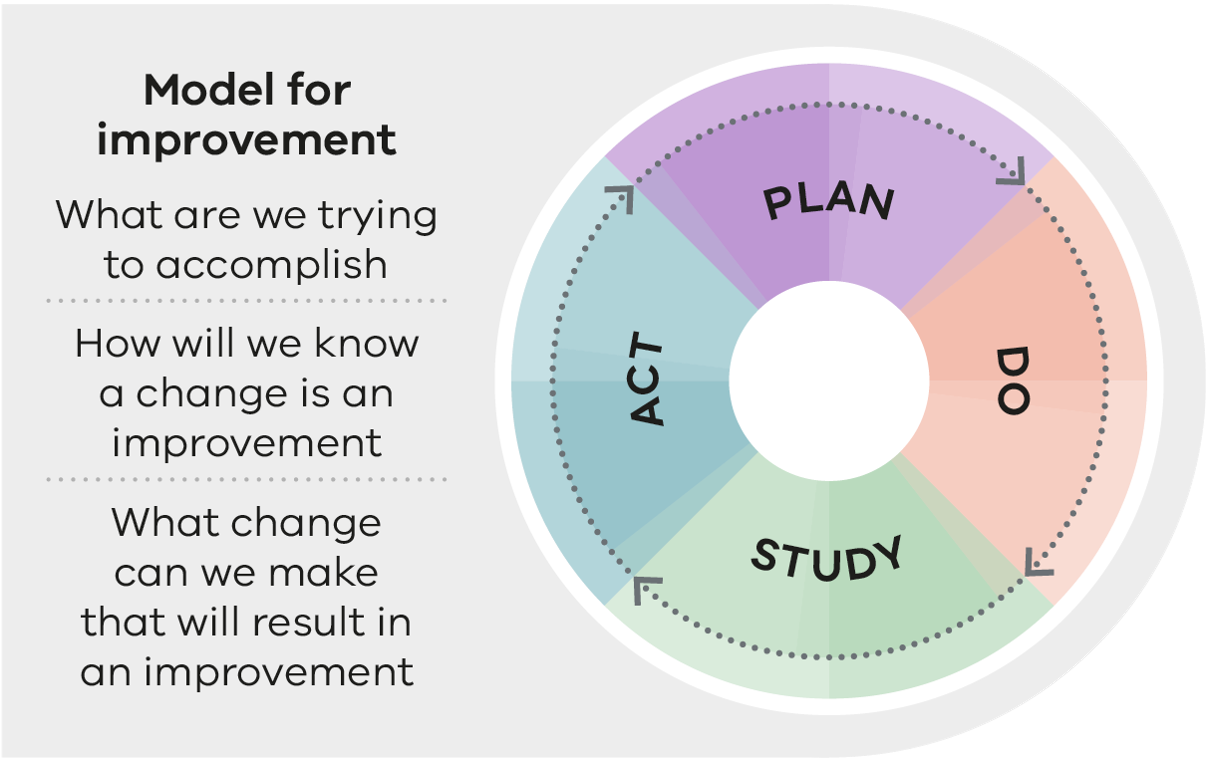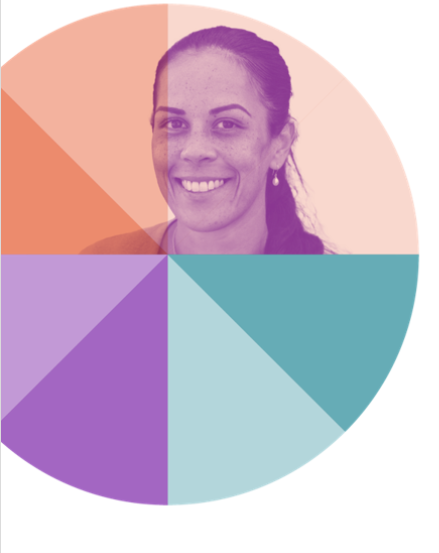
Elimination of restrictive practices
The MHIP partners with clinical and non-clinical workforce teams to design and test improvements that:
- minimise restrictive practices for consumers
- assist treating teams to work with consumers to identify alternative approaches.
The MHIP partnered with a cohort of Victorian mental health and wellbeing services in the first phase of improvement work, helping 16 participating mental health inpatient units to reach the initial aim of reducing the use of seclusion and restraint by at least 20 per cent by April 2024.
How we support services
To reduce restrictive practices, we support participating services to test, refine and implement a series of improvements based on global research and evidence about reducing and eliminating restrictive practices.
To support these services, the MHIP:
- provides on the ground coaching and support on testing changes using improvement science methodology
- connects services with each other for improved collaboration
- helps to build the capability and confidence for ongoing quality improvements.

Building lasting change
Collecting data and insight from the experiences of participating services is helping to shape plans to expand this initiative into more Victorian mental health inpatient services.

Path ahead
The work will continue with partnered mental health inpatient services while we build into the other mental health units across the state from 2025.


